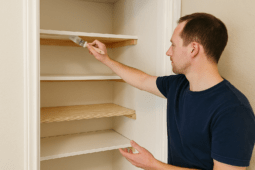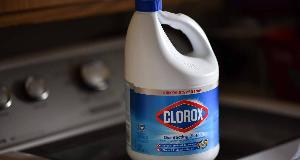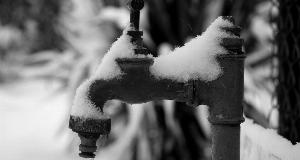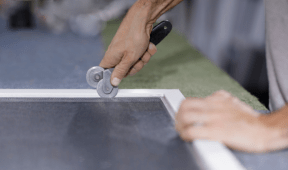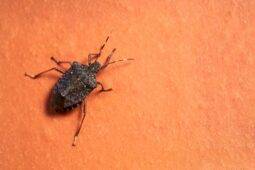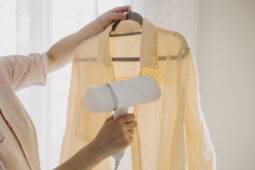5 Easy Ways To Get Better Water Pressure Without Buying A New Showerhead
There’s nothing quite as disappointing as turning on the shower and getting a sad little drizzle instead of a strong, steady stream. You might think it means you have to replace your showerhead or calling in a plumber, but that’s not always necessary. Sometimes, a few small changes can make a big difference. So before you give up and spend your hard-earned money, here are five easy fixes that just might bring back the water pressure you’re hoping for.
Clean Out the Showerhead You Already Have
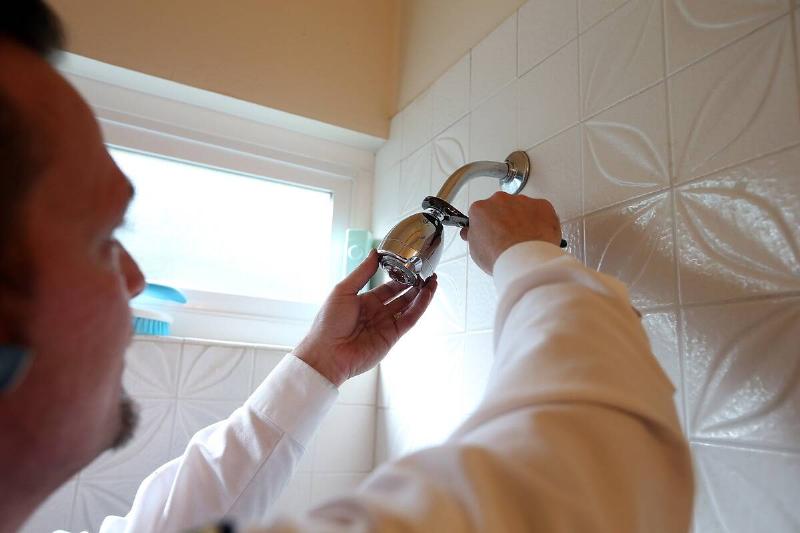
It sounds too simple, but mineral buildup is a sneaky culprit when it comes to weak water pressure. If your water’s even a little hard, calcium and lime can clog up those tiny spray holes. A soak in vinegar overnight can dissolve that gunk, and a quick scrub with a toothbrush can get any lingering residue off. You might be surprised by how much stronger your shower feels after just a little cleaning.
Check the Shut-Off Valves
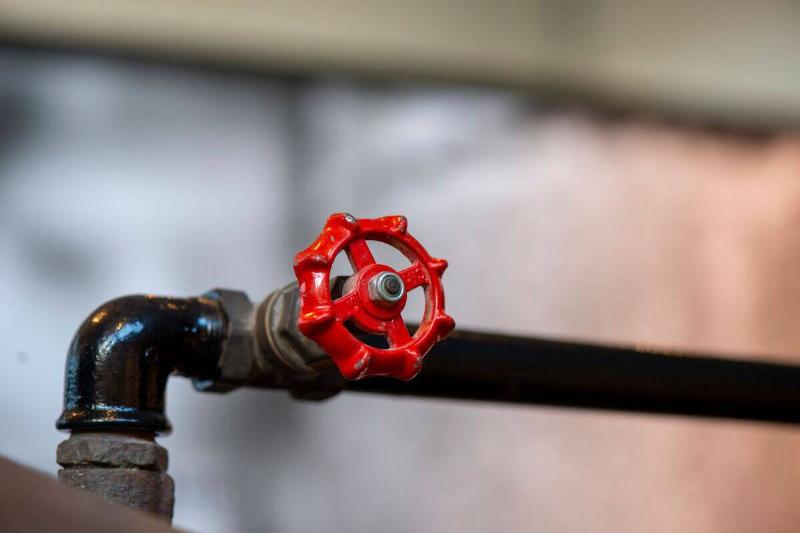
If your water pressure used to be better and then suddenly isn’t, it could be that the water valves aren’t fully open. Maybe someone else, like a plumber, turned them down slightly while doing maintenance work or while fixing another issue. It only takes a minute to check your home’s main water shut-off and any intermediate valves under sinks or behind toilets. Make sure the valves are turned all the way open, and you might see an instant improvement in pressure.
Flush the Water Heater
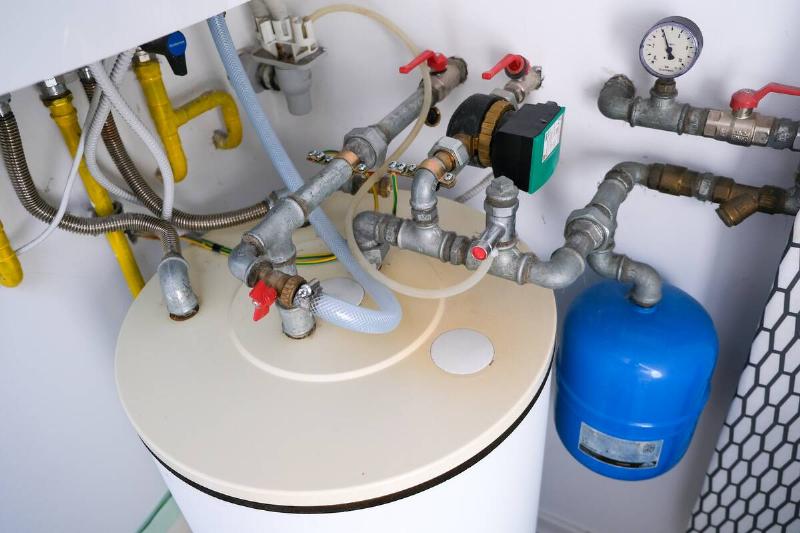
Over time, sediment collects in your water heater, especially if you haven’t been flushing it regularly. That buildup doesn’t just hurt how efficient the heater is, it can actually affect water pressure throughout the house. Flushing your water heater once a year can help clear out all that gunk and let your plumbing system breathe a little easier. It’s not the most fun task, but it’s worth it.
Replace Old or Clogged Faucet Aerators
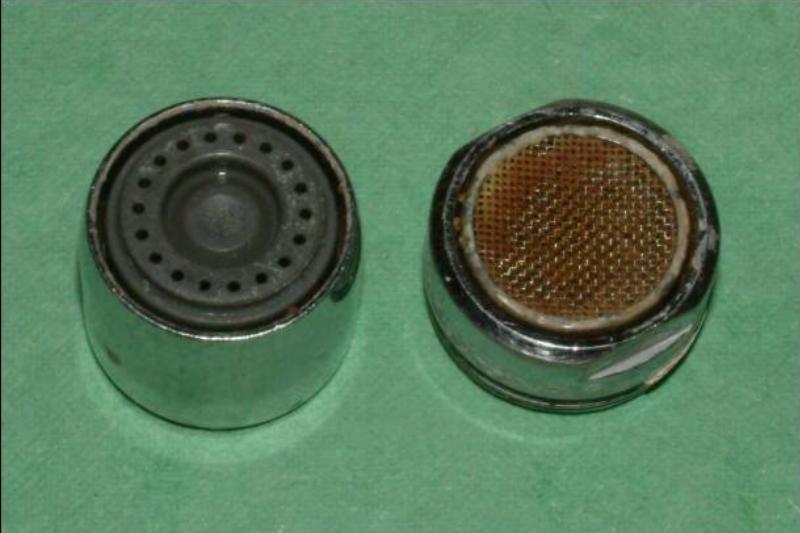
This is one solution that hides in plain sight. The tiny screens in your faucets, called aerators, are easy to miss and even easier to clog. They collect mineral deposits and debris, which slows water flow down to a trickle. The good news is that most aerators unscrew easily, and you can clean or replace them without much effort. Doing this in all of your faucets can make a noticeable difference, especially in older homes.
Look for Leaks You Can’t See
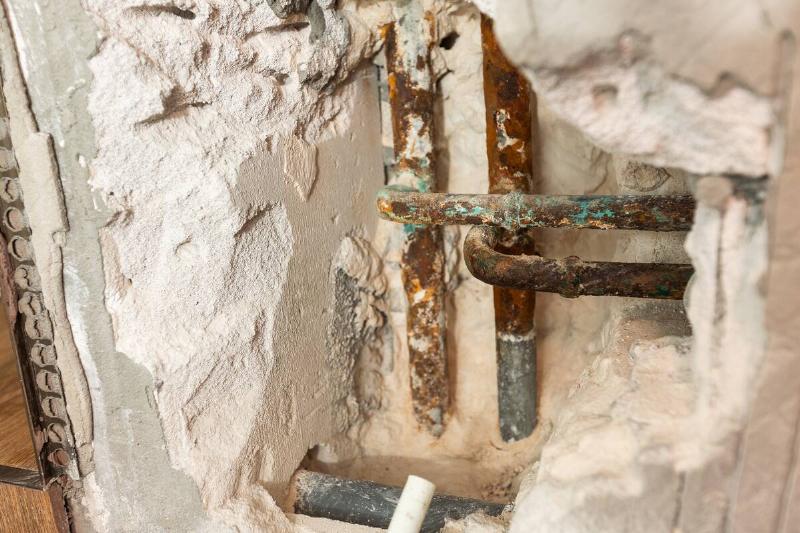
Sometimes water pressure drops because water is escaping where it shouldn’t be. Small leaks in your pipes, especially in basements or crawl spaces, can quietly waste water and reduce pressure at your taps without you realizing. If your water bill is creeping up or your water just doesn’t seem to flow like it used to, it’s worth taking a look yourself. You don’t need to be a plumber to catch a leak, just check for damp spots or listen for a faint drip behind your walls.
Related Articles
- How To Clean Black Mold From Shower Caulking
- Improve Your Water Pressure By Cleaning Your Showerhead The Right Way
- From Drip to Dry: How to Quickly Fix a Leaky Shower Faucet
Low water pressure doesn’t always mean you have to pay for expensive fixes or major upgrades. Often, it’s just a matter of cleaning, checking, or tightening something that’s been overlooked. These little jobs don’t take much time, and they’re completely free, but they can make your everyday routine feel a lot more comfortable. So before you throw out that showerhead, try one of these tricks. You might be able to turn that weak trickle into a full, satisfying spray again.

